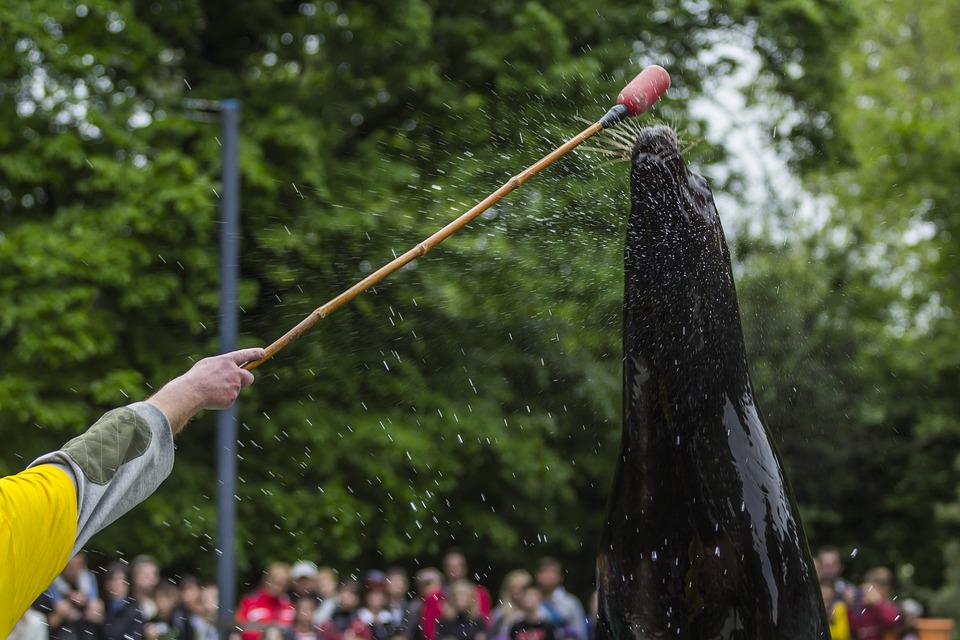In the world of fish behavior, schooling fish species stand out with their fascinating behaviors and unique social dynamics. These fish exhibit intricate behaviors that are greatly influenced by their tank environment. By understanding how various factors affect them, fish enthusiasts and pet owners can create an environment that promotes their well-being and natural behavior.
One of the most important aspects of the tank environment for schooling fish is the contrast between their natural habitat and the captive tank environment. In the wild, these fish are accustomed to vast open spaces, and replicating this in a tank can be challenging. However, providing an adequate tank size is crucial to prevent stress, aggression, and compromised well-being. Researching the specific space requirements of your fish species is essential to ensure they have enough room to swim and interact comfortably.
Tank size and shape also play a significant role in schooling fish behavior. While some species prefer long tanks that mimic their natural habitats, others may thrive in taller tanks with plenty of vertical swimming space. Understanding the needs of your fish species and providing appropriate tank dimensions can greatly enhance their well-being.
Water quality is another critical factor that affects schooling fish behavior. Poor water quality can lead to stress, weakened immune systems, and increased susceptibility to diseases. Maintaining optimal water parameters, such as pH, ammonia, nitrite, and nitrate levels, is essential for the health and well-being of schooling fish. Regular water testing and appropriate filtration systems are necessary to ensure a clean and healthy tank environment.
The role of lighting and temperature cannot be underestimated when it comes to schooling fish behavior. Lighting conditions can have a significant impact on fish behavior, with some species preferring dimly lit environments while others thrive in well-lit tanks. Researching the lighting requirements of your fish species and providing appropriate lighting can create a suitable environment.
Temperature also plays a crucial role in the behavior of schooling fish. Different species have specific temperature preferences, and maintaining optimal temperature conditions is vital for their well-being. Using a reliable heater and thermometer to maintain a stable temperature within their preferred range is essential.
Tank decor is another aspect that influences schooling fish behavior. Hiding spots and shelters provide these fish with a sense of security and reduce stress. Plants and vegetation offer natural hiding places and mimic their natural habitat. The choice of substrate can also impact their behavior, as some species prefer sandy bottoms, while others thrive on gravel. Creating a tank environment that closely resembles their natural habitat is key to promoting their natural behavior.
Water flow and filtration are also important considerations for the tank environment of schooling fish. Water flow mimics natural river currents and is crucial for maintaining a healthy tank environment. It aids in oxygenation, filtration, and waste removal. Researching your fish species’ natural habitat and replicating appropriate water flow conditions in your tank can greatly benefit their well-being.
In conclusion, understanding fish behavior is essential for creating a suitable tank environment for schooling fish species. By considering factors such as tank size, water quality, lighting, tank decor, and water flow, fish enthusiasts can provide an environment that promotes the well-being and natural behavior of these captivating creatures. Remember to always research the specific needs of your fish species to ensure they thrive in their aquatic home.









